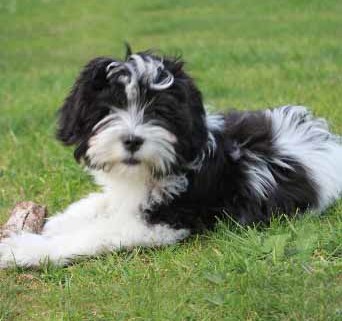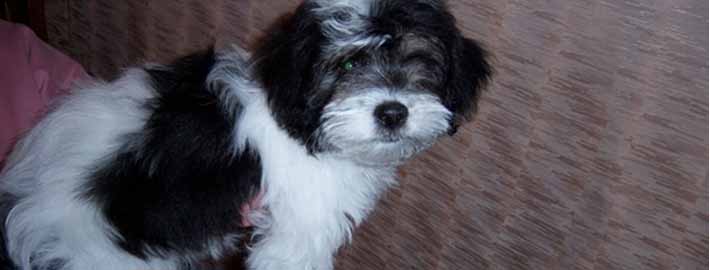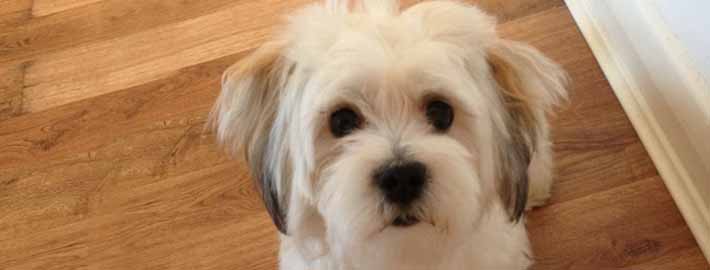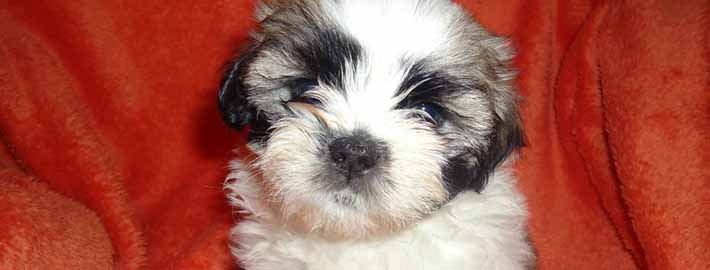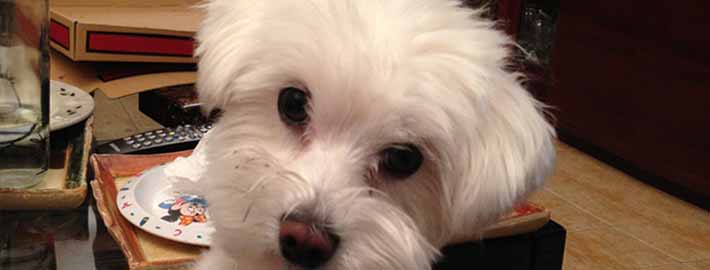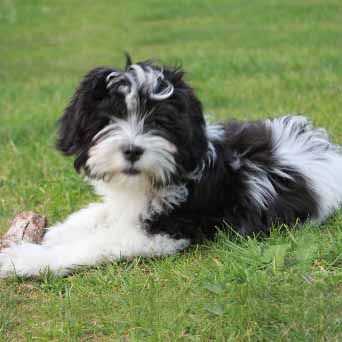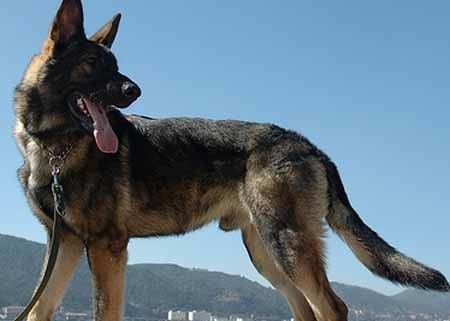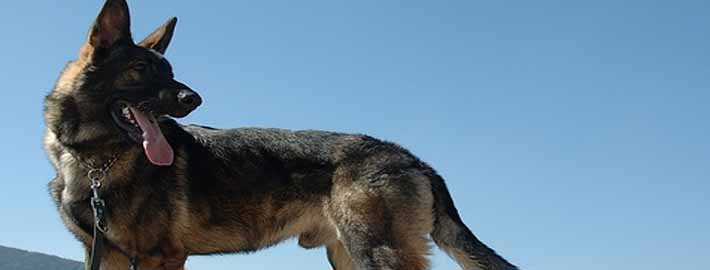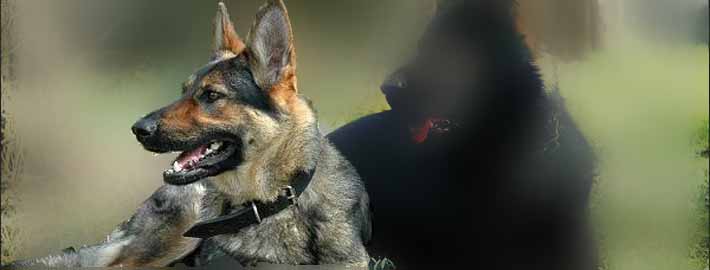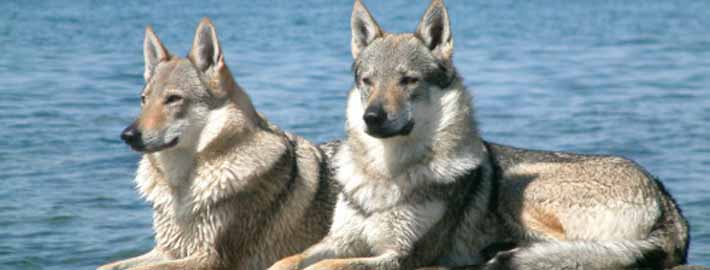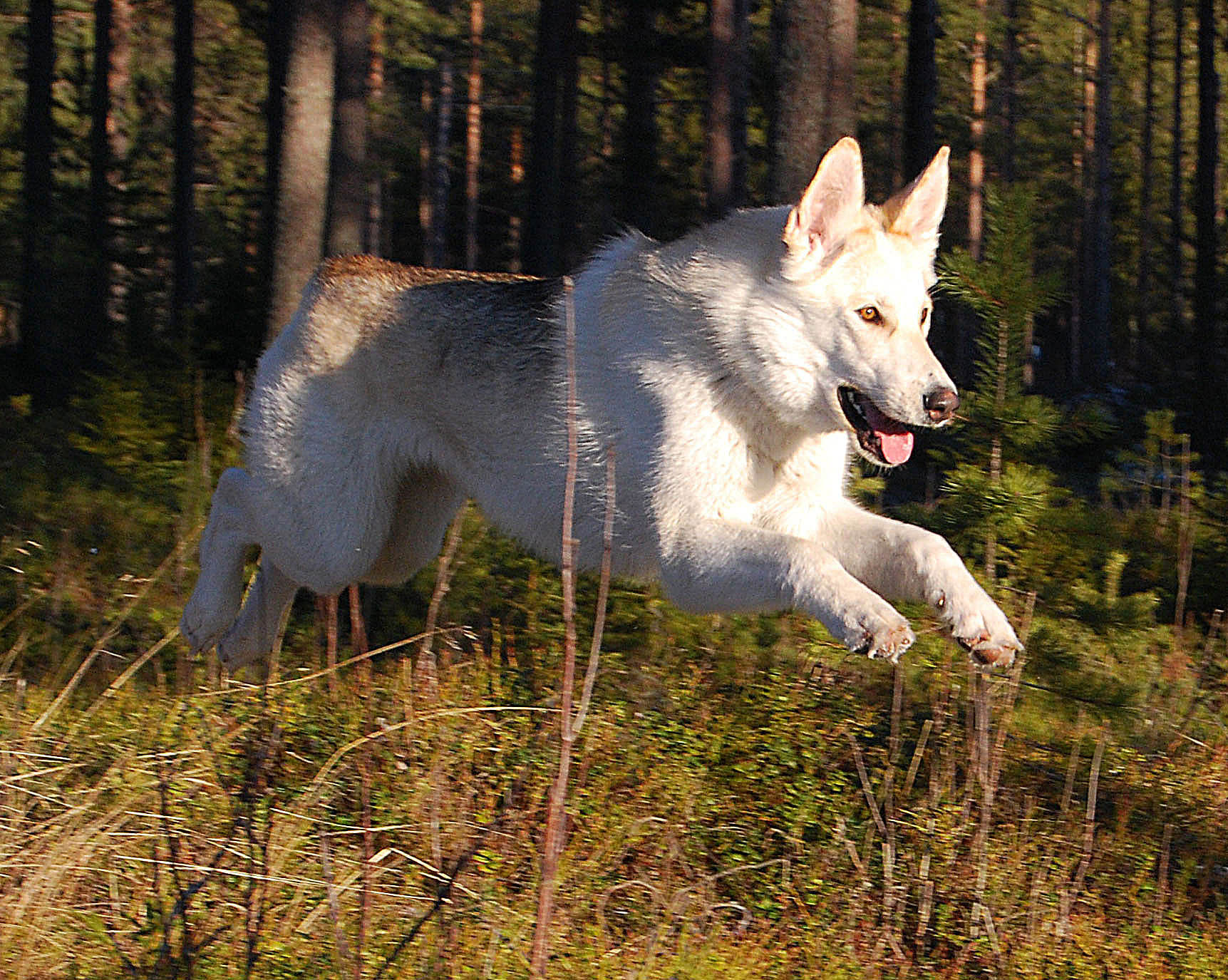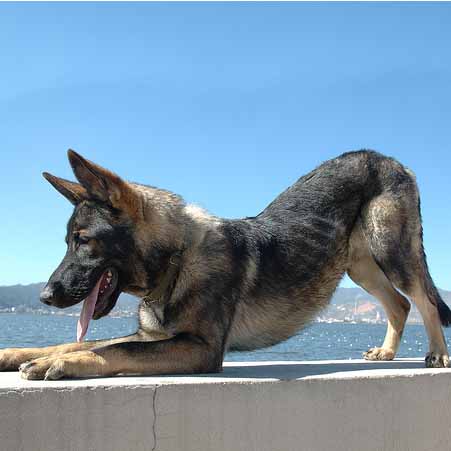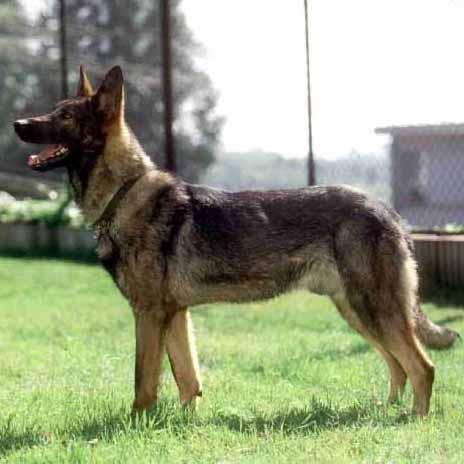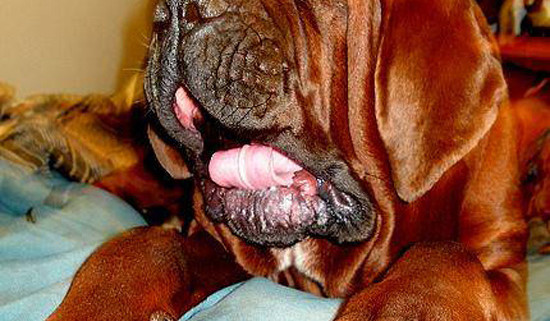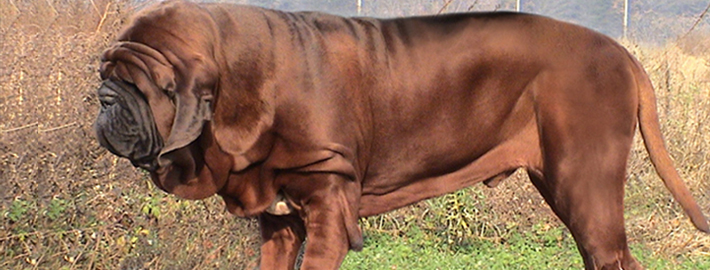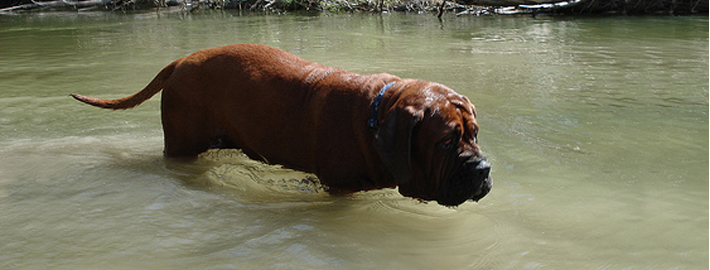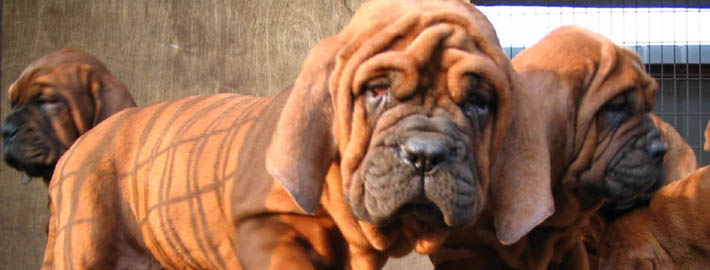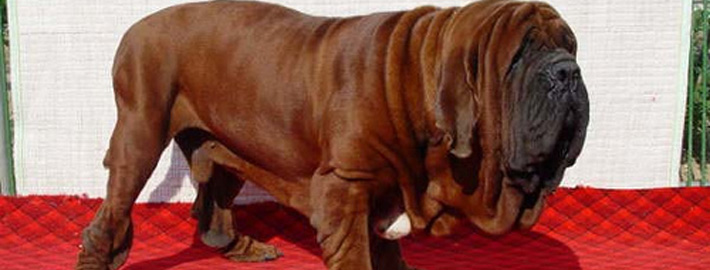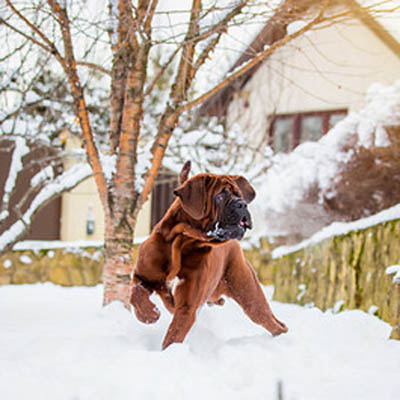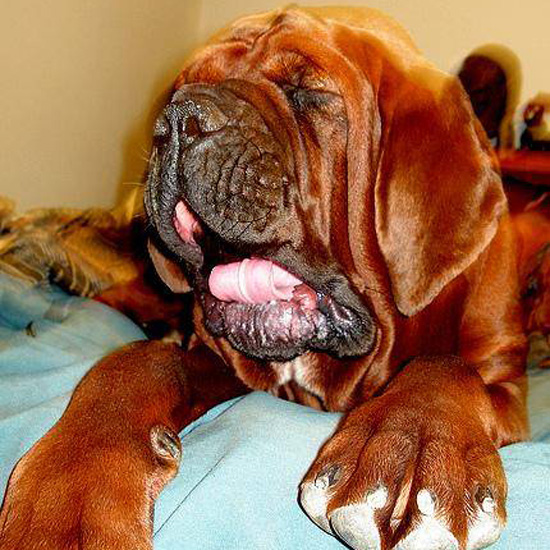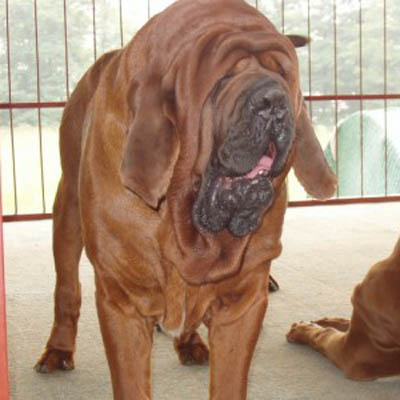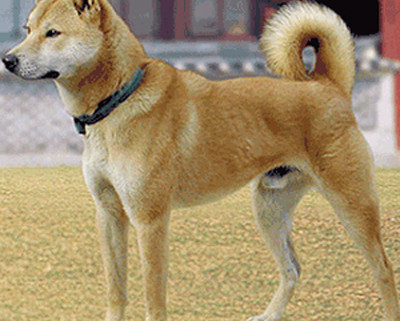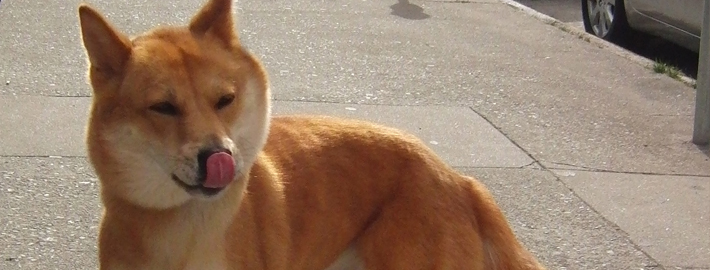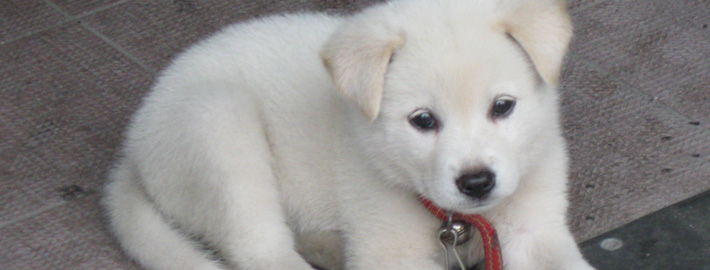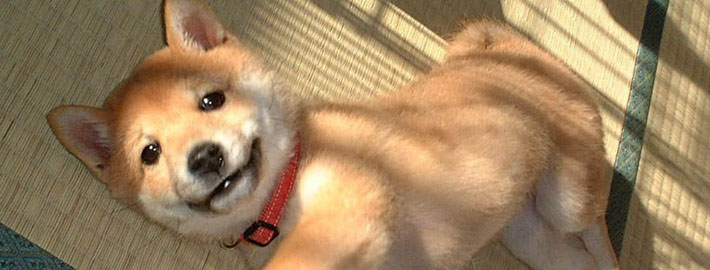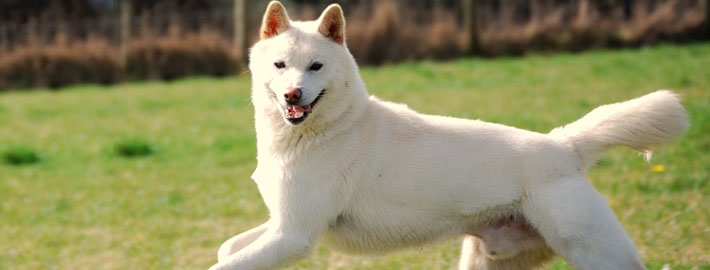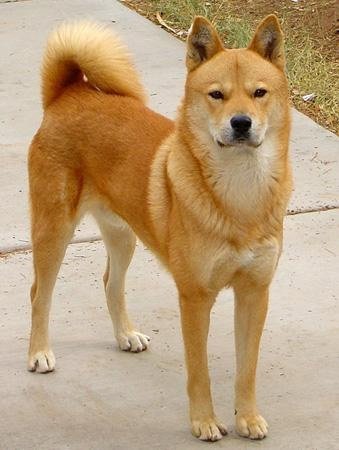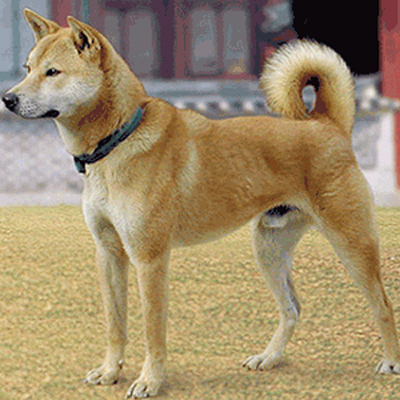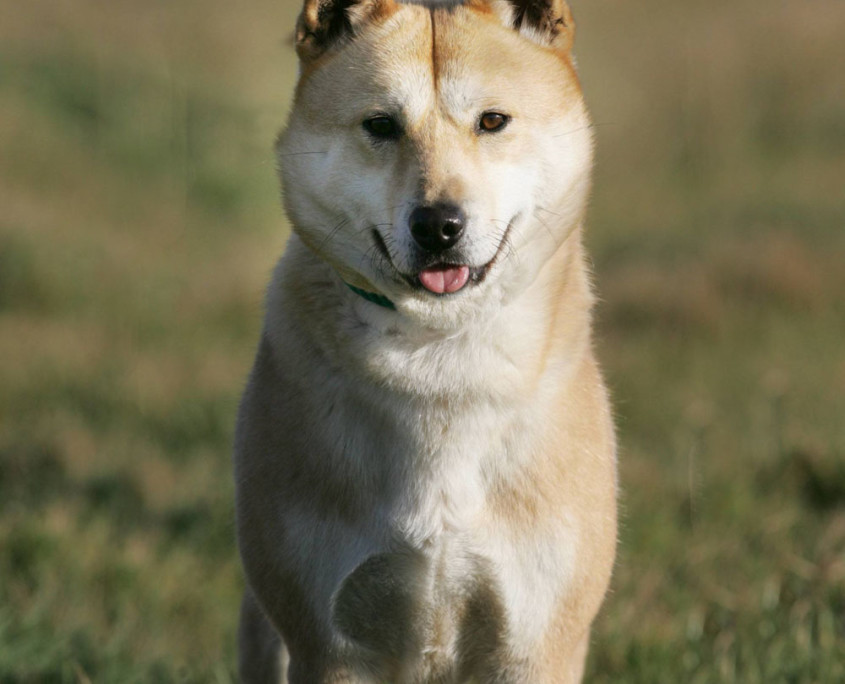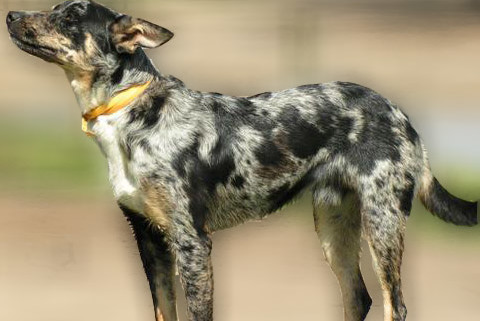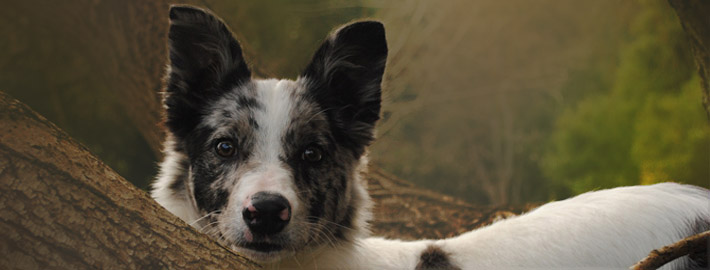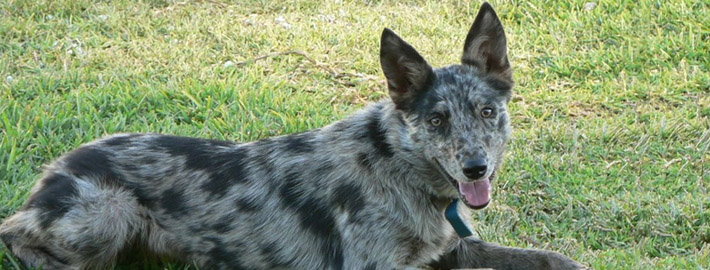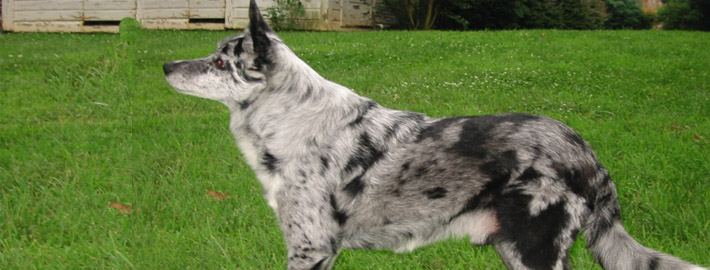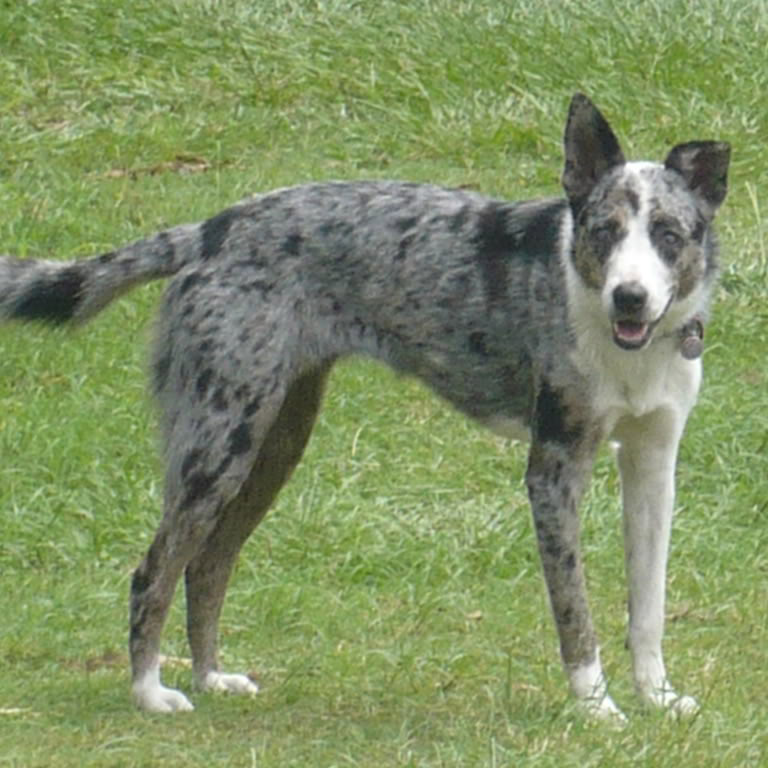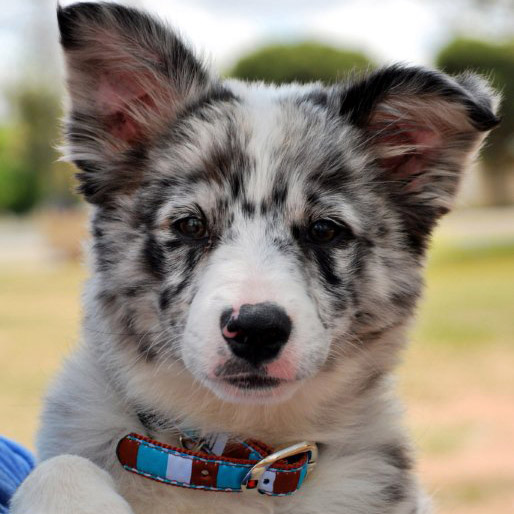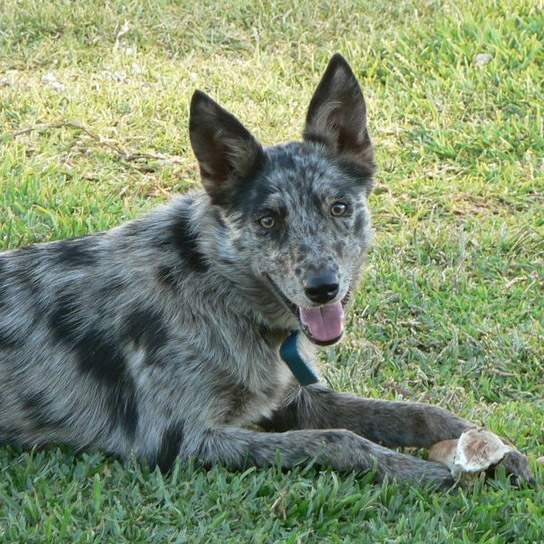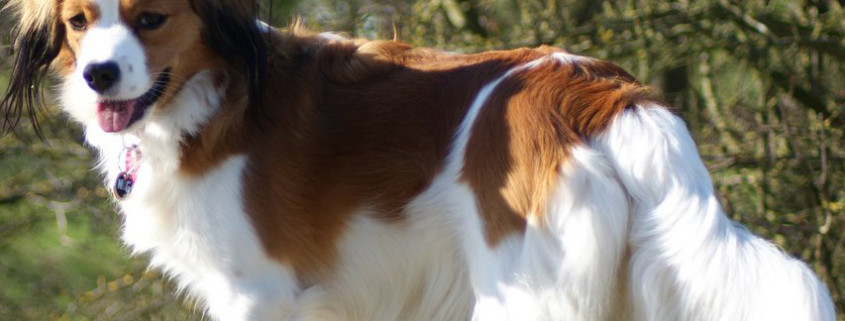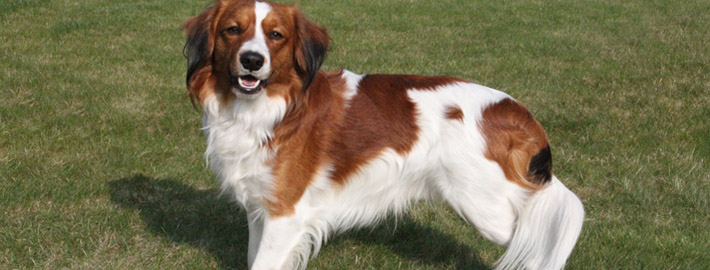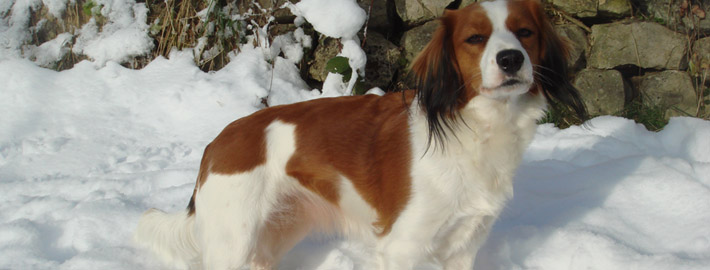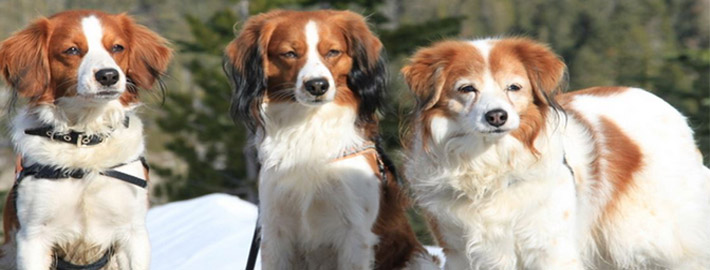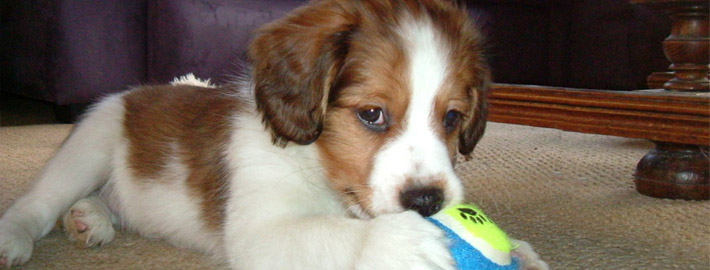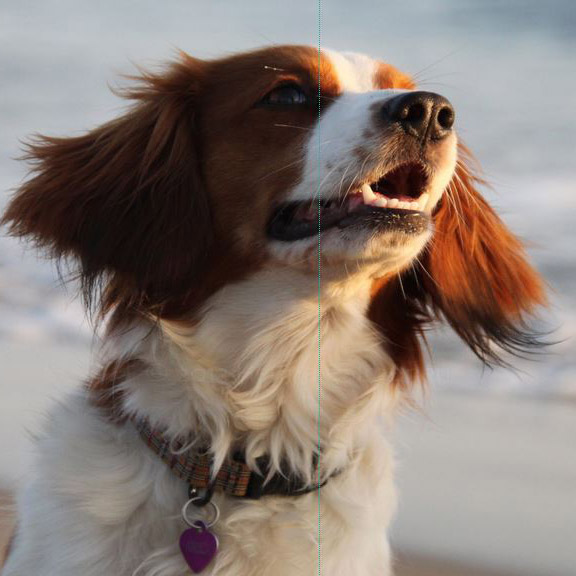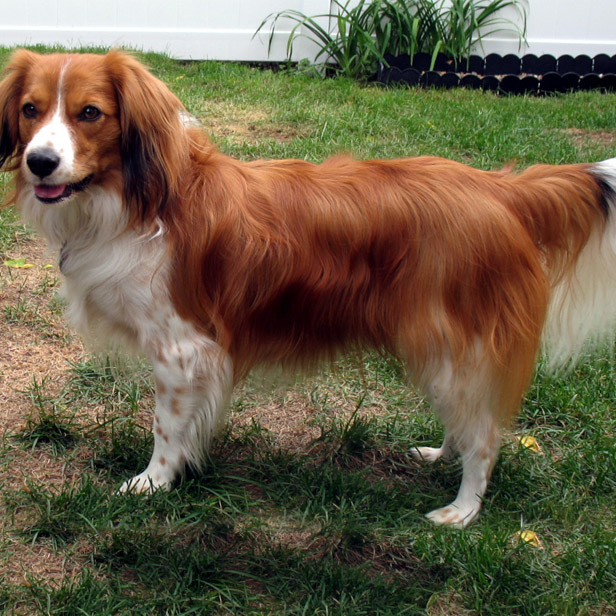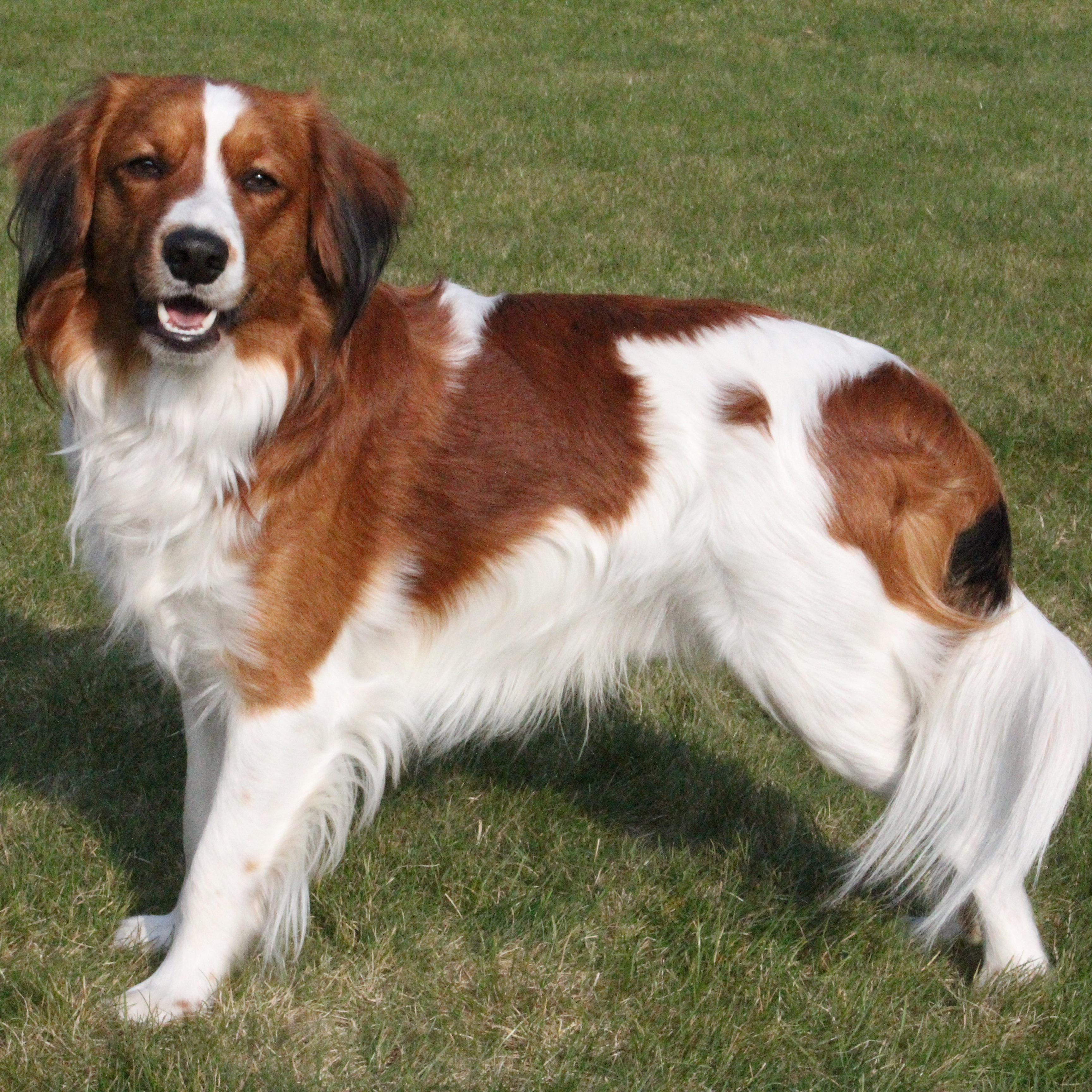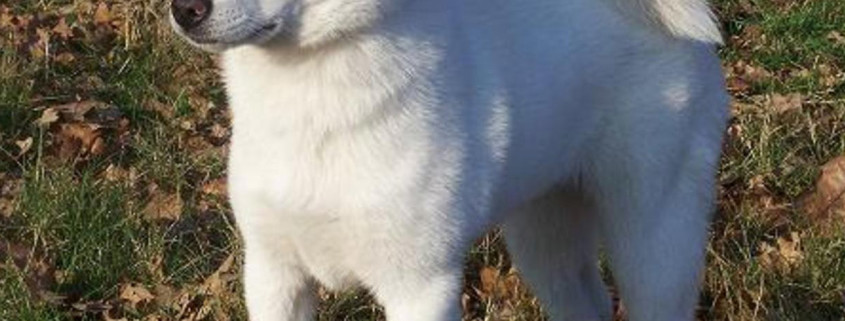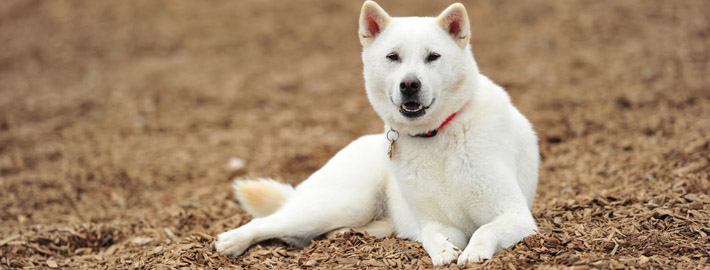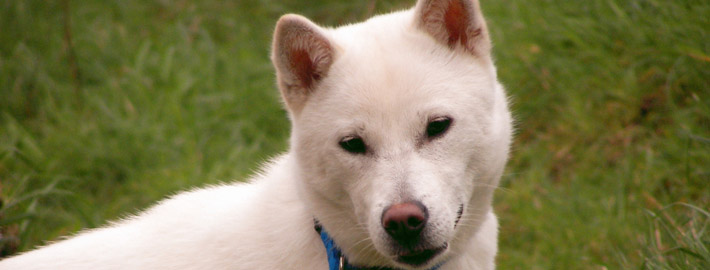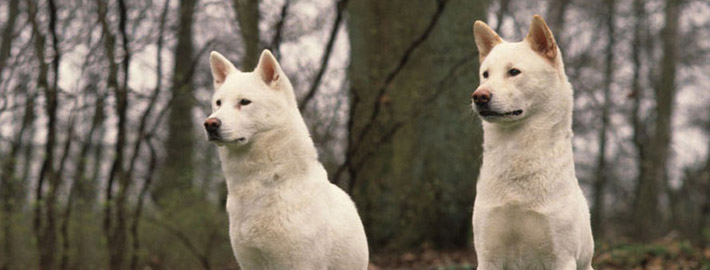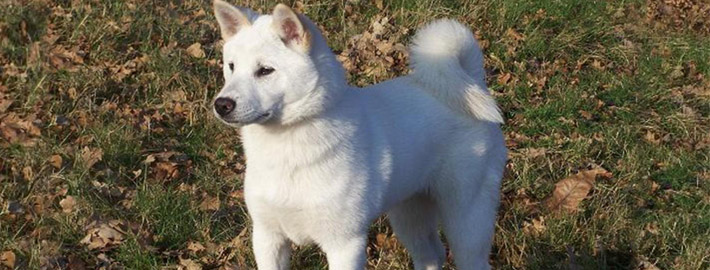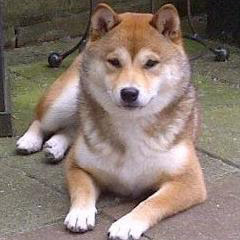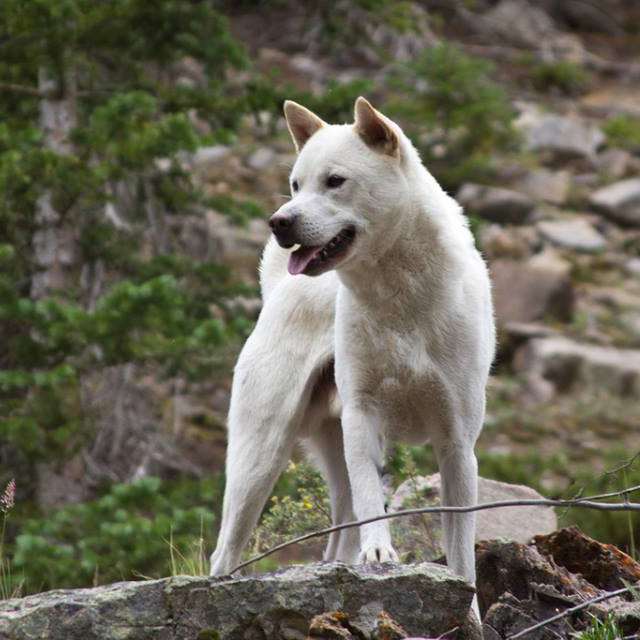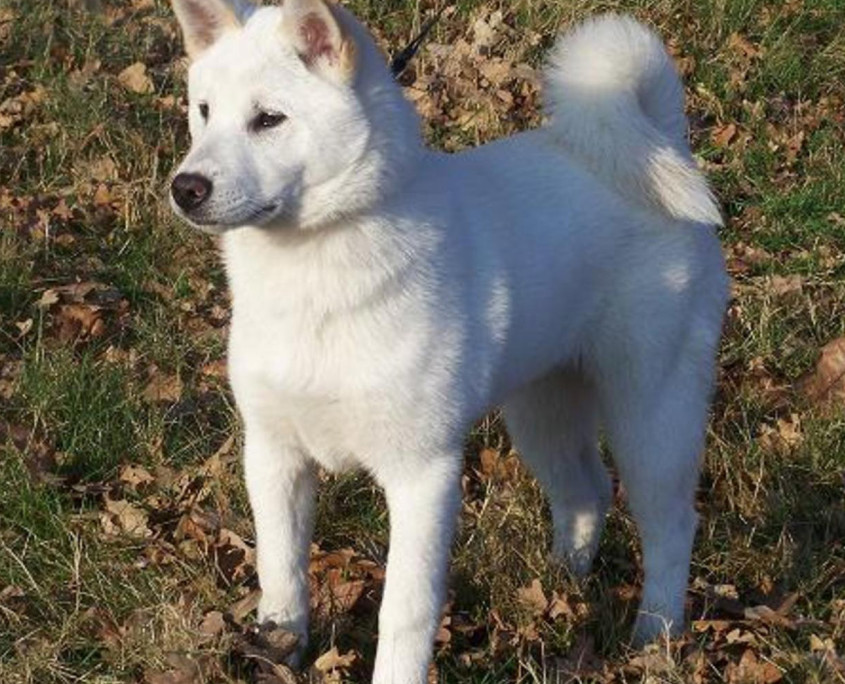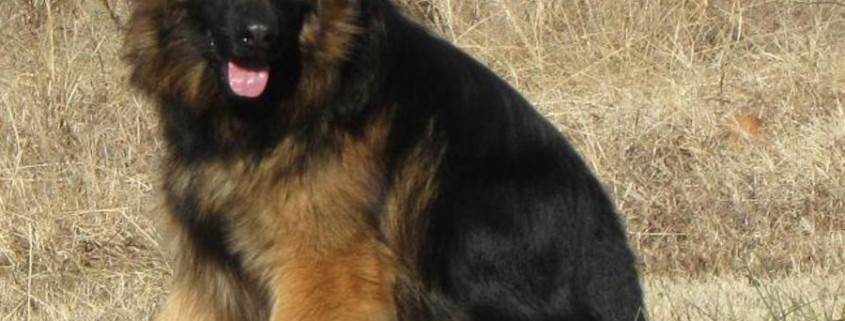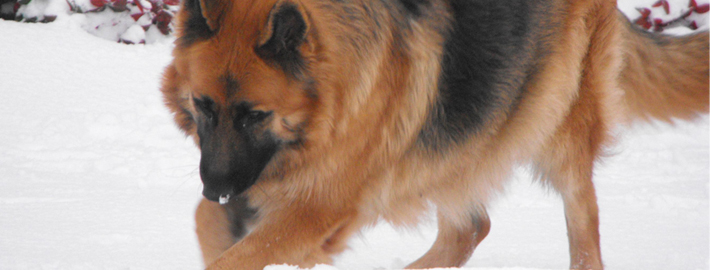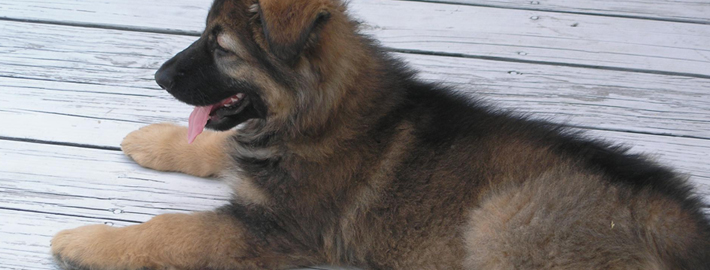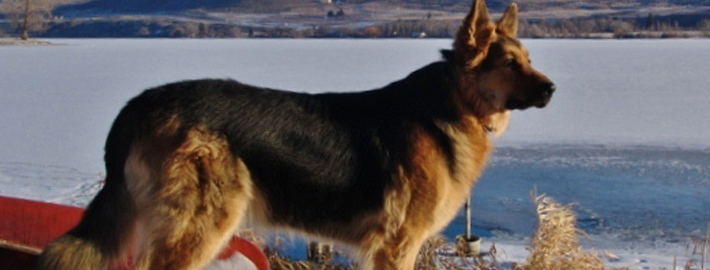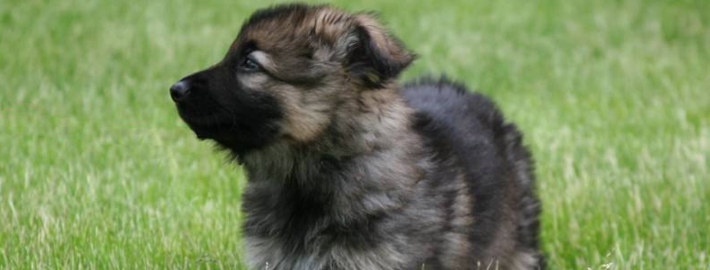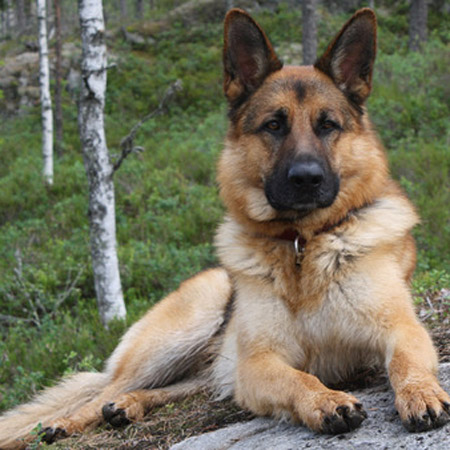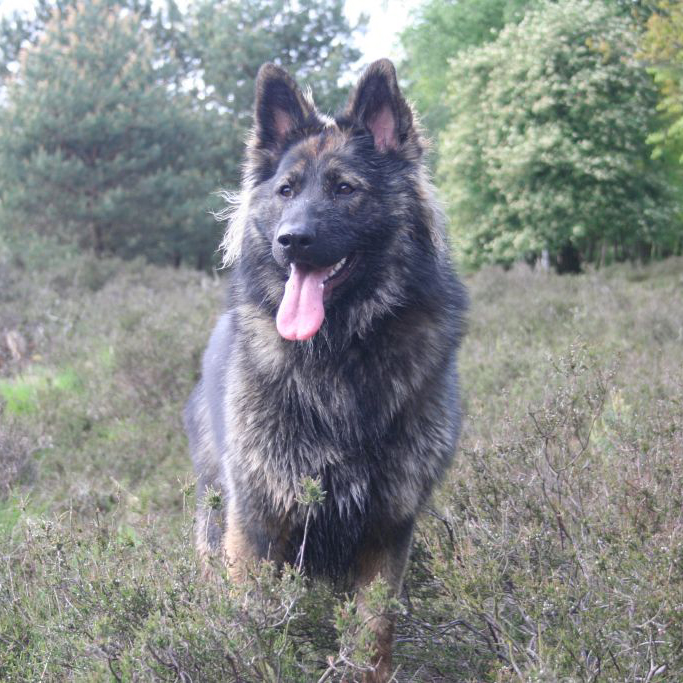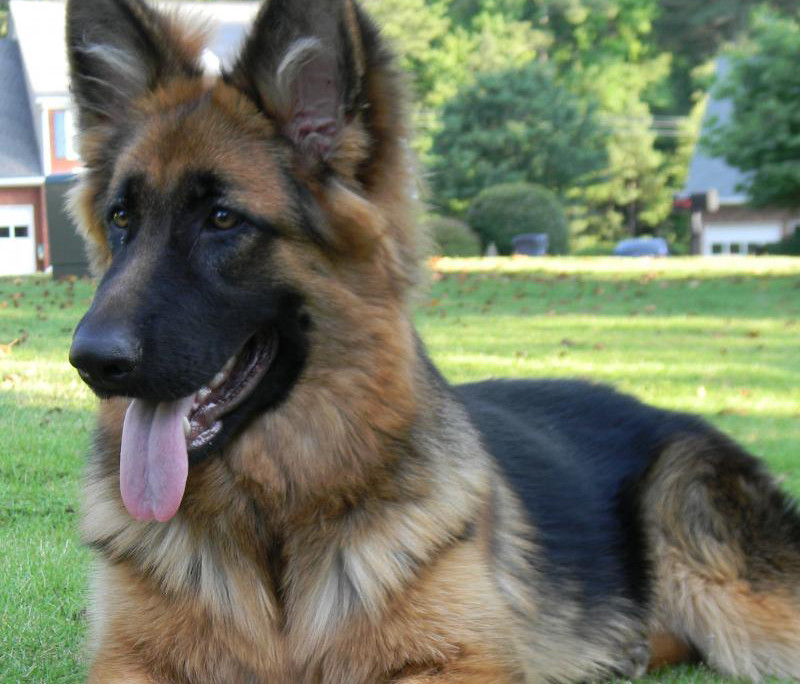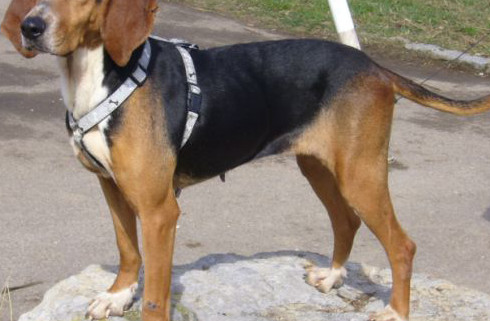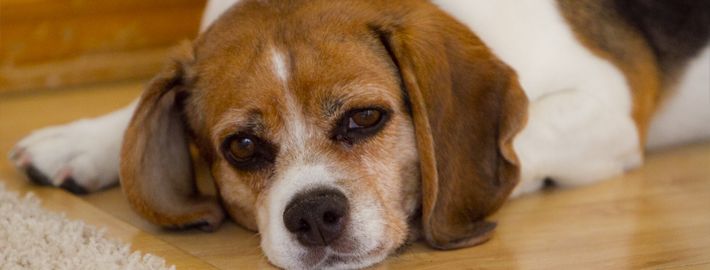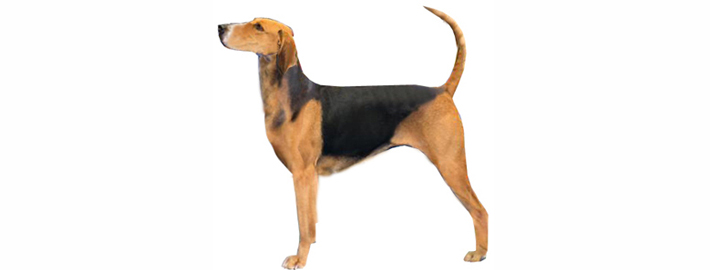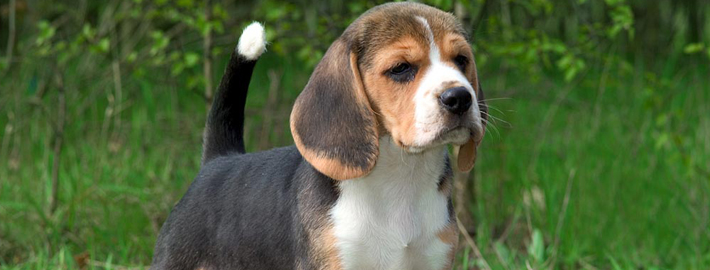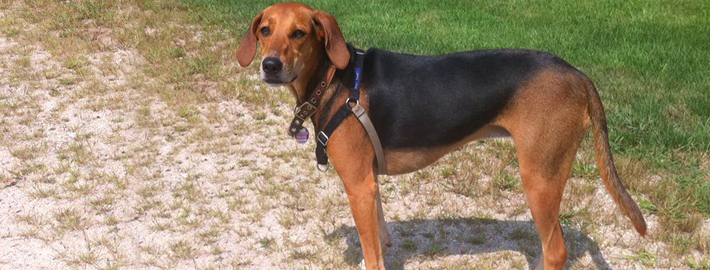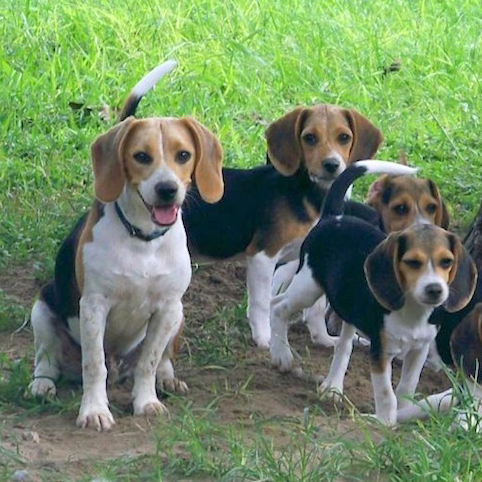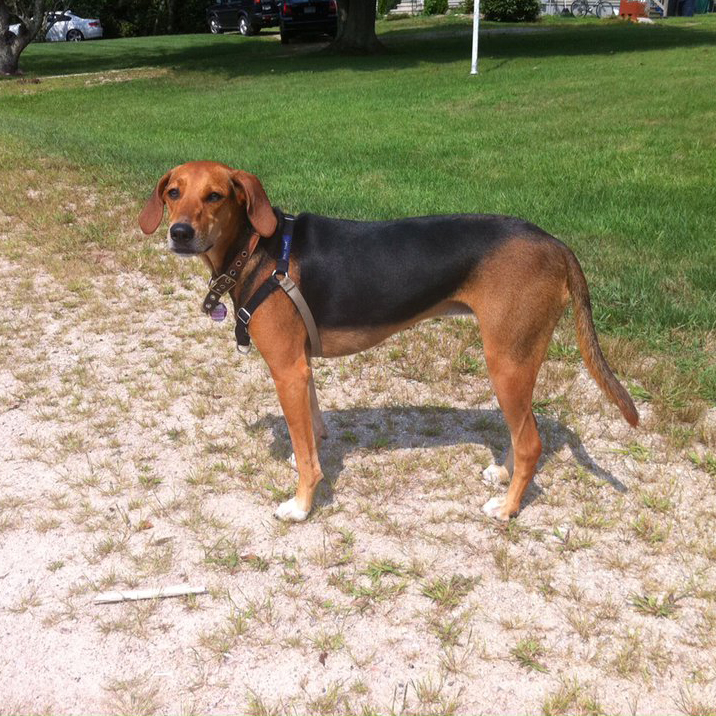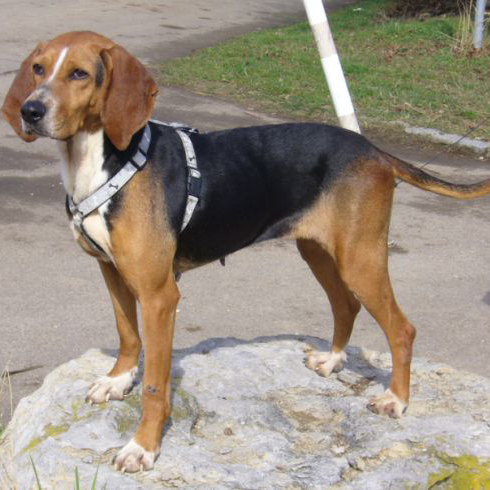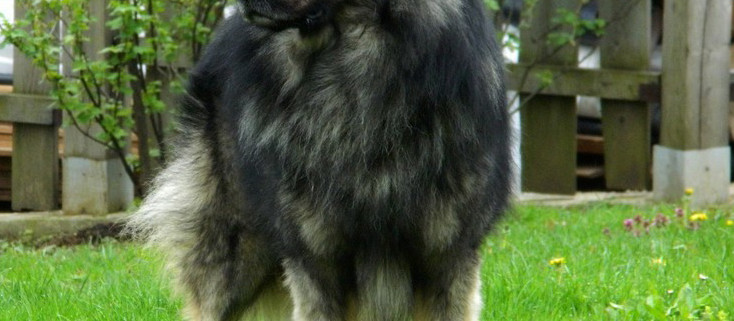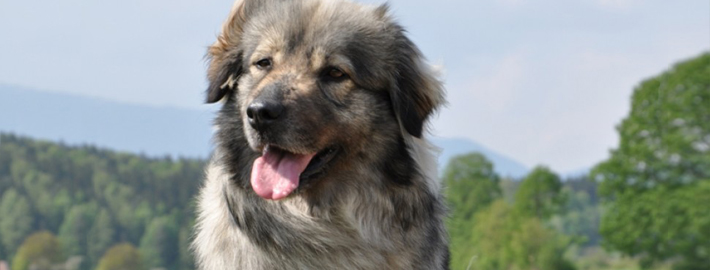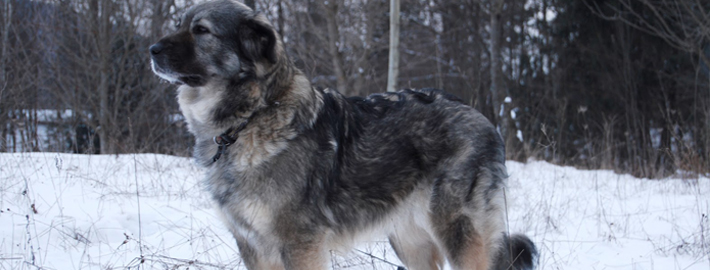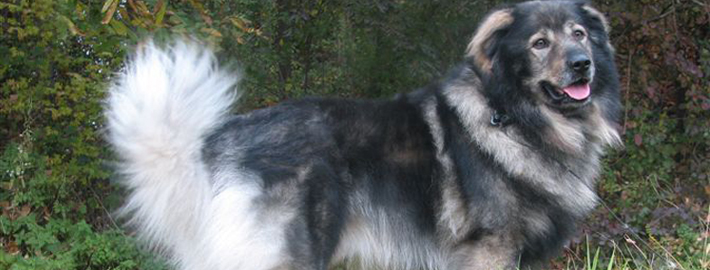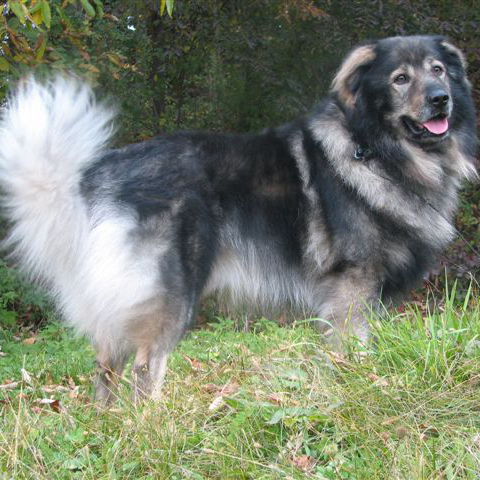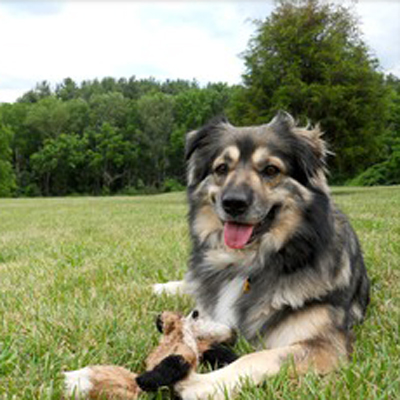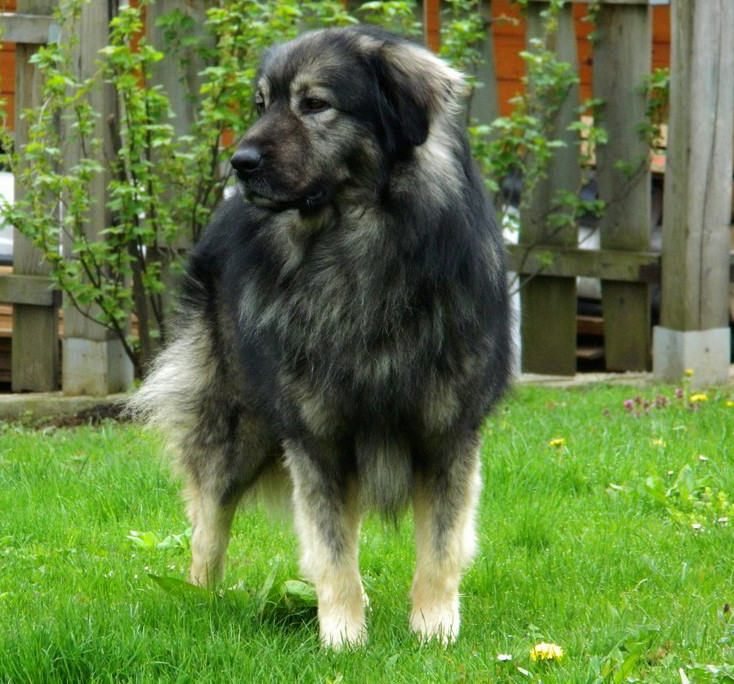Kyi-Leo
Kyi-Leo – Extremely Affectionate
What makes the Kyi-Leo Unique?
The Kyi-Leo® Dog is known for its liveliness and catlike quickness. It is said to be able to grasp objects with its front paws. Alert, playful, gentle and people-oriented, it bonds closely with its immediate family.
Page Contents
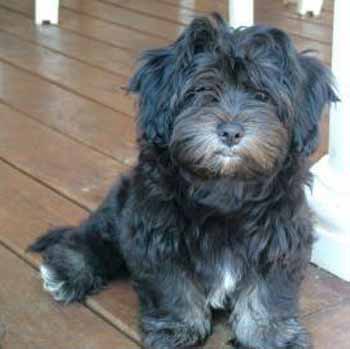
SnapShot
| Size: | Males – 20 to 30 cm (8 to 12 inches) Females – 20 to 30 cm (8 to 12 inches) |
| Weight: | Males – 4 to 6 kg (9 to 14 pounds) Females – 4 to 6 kg (9 to 14 pounds) |
| Origin: | USA |
| Life Span: | 12 – 14 Years |
| Colour: | Black, Black & White, Brown & White, Gray / Salt & Pepper, White / Cream |
| Litter Size: | 2 to 7 puppies |
Is the Kyi-Leo Right For You?
This new breed is lively, alert and playful. It is a gentle breed, affectionate and eager to please, and will bond closely with its family. The breed has a stubborn streak, and needs gentle but firm obedience training. The breed is generally good with children, as well as other dogs and smaller pets. They are wary of new people, and will make a good watch dog.
In 5 Words
- Playful
- Obedient
- Calm
- Active
- Quiet
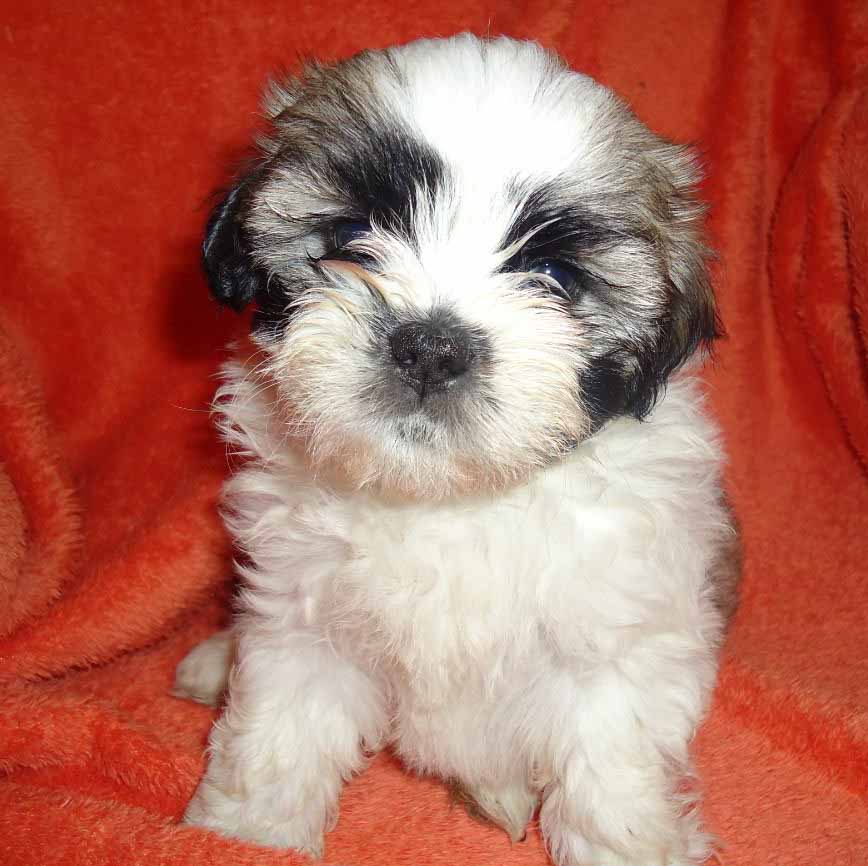
Characteristics
Learn About the Kyi-Leo
Description
General Description
The Kyi-Leo® Dog is a small but solid dog. It is well boned for its size with good muscle tone. Light on his feet and very quick. The tail curls over the back when the dog is alert. The eyes are dark and the nose is black. The teeth meet in a scissors bite. The forelegs are long and straight. The coat is long and thick, and either hangs straight or is slightly wavy. There is a natural part that tends to form along the spine. Its coat may take up to 3 or 4 years to grow to full length. About 99% of Kyi-Leo® Dogs are black and white, and they occasionally change to silver/grey and white. The head is completely covered with long hair. It has a profuse beard and whiskers.
Size
The Kyi-Leo is 8 to 12 inches tall (to shoulders) and weighs 9 to 14 pounds.
Coat
He has a long coat that is either straight or slightly wavy. His coat color is black and white or silver-gray and white.
Short History of the Kyi-Leo
It was first introduced in the 1950s in the San Francisco Bay area by the accidental crossing of a Maltese and a Lhasa Apso. This produced a type of dog that caught the attention of several individuals. The most notable was Mrs. Harriet Linn, who acquired several of these dogs in 1965 and later acquired several more from the San Jose kennel in 1969; from then on she began to seriously breed them. In 1972 there was enough interest among owners and breeders to come together and formally recognize this breed. It was at this meeting that they formally decided on calling it a Kyi-Leo. The name comes from the Tibetan and Latin languages. “Kyi” is the Tibetan word for dog; this acknowledges the Lhasa Apso breed which first came from Tibet. “Leo” is the Latin word for Lion; this acknowledges the Maltese which is also known as the “Maltese Lion dog”. Since then the Kyi-Leo breed has slowly spread throughout the United States, and has recently become accepted by the American Rare Breed Association as a legitimate breed.
Temperament
The Kyi-Leo® is through and through companion dog. It is an obedient, loving, affectionate, lively and playful dog that forms strong bond with its family. This bright and intelligent breed is a quick learner and easy to train dog. Very playful and active with children, the dog is also gentle and kind to them though children need to be taught not to mishandle this fragile breed as it is prone to injury due to rough handling. Very friendly to its family, this breed is naturally reserved around strangers and with its keen sense of hearing and loud voice, it makes a very decent watch dog. This small breed loves to be around its family, being cuddled, hugged and petted but it does not mind if left alone for a longer time period as the dog is self-entertaining. It is a suitable breed for apartment dwellers as the dog is active indoors and does not need large open spaces to play and run. With its loving and non-dominant nature, the Kyi-Leo® gets along with other dogs and pets in the family. It is a super companion dog with extremely loving and sweet nature that will endear every one who comes across this very good looking and cute dog.
Caring for Your Kyi-Leo
General Health
Because of its small size, the Kyi-Leo has delicate legs and a delicate spine. A slipped patella or back pains, due to a lot of jumping or aggressive handling, are notable among Kyi-Leos.
Because of its thick hair and Tibetan ancestry, the Kyi-Leo adapts best to colder climates.
Food intake is also an issue, as the Kyi-Leo can easily become overweight due to its small frame.
The intake of human food, especially meat, is generally discouraged for the Kyi-Leo since its stomach cannot easily handle it. Kyi-Leos have been prone to pancreatitis, noticeable by excessive vomiting and a tender abdomen, which greatly limits the types of food they can eat. Most generic dog-food with a good source of protein is the best choice for Kyi-Leos.
The average lifespan of a Kyi-Leo is 13 to 15 years.
Grooming & Bathing
Frequent combing and brushing of the long, silky, thick coat is necessary to avoid matting. The coat will require brushing and a little trimming, but no clipping is involved. This breed is an average shedder.
Exercise & Training
A bright, intelligent and eager to please breed like Kyi-Leo® is very easy to train. This dog learns fast and obeys the commands. It is a quick learner and will not pose any problems regarding training. The trainer should use praise and appreciation as reward for this loving breed to speed up the training process.
The Kyi-Leo® is sufficiently active indoors and does not need extra open spaces to play and run. Daily walking should be provided to this dog to satisfy a dog’s primal need to walk.

